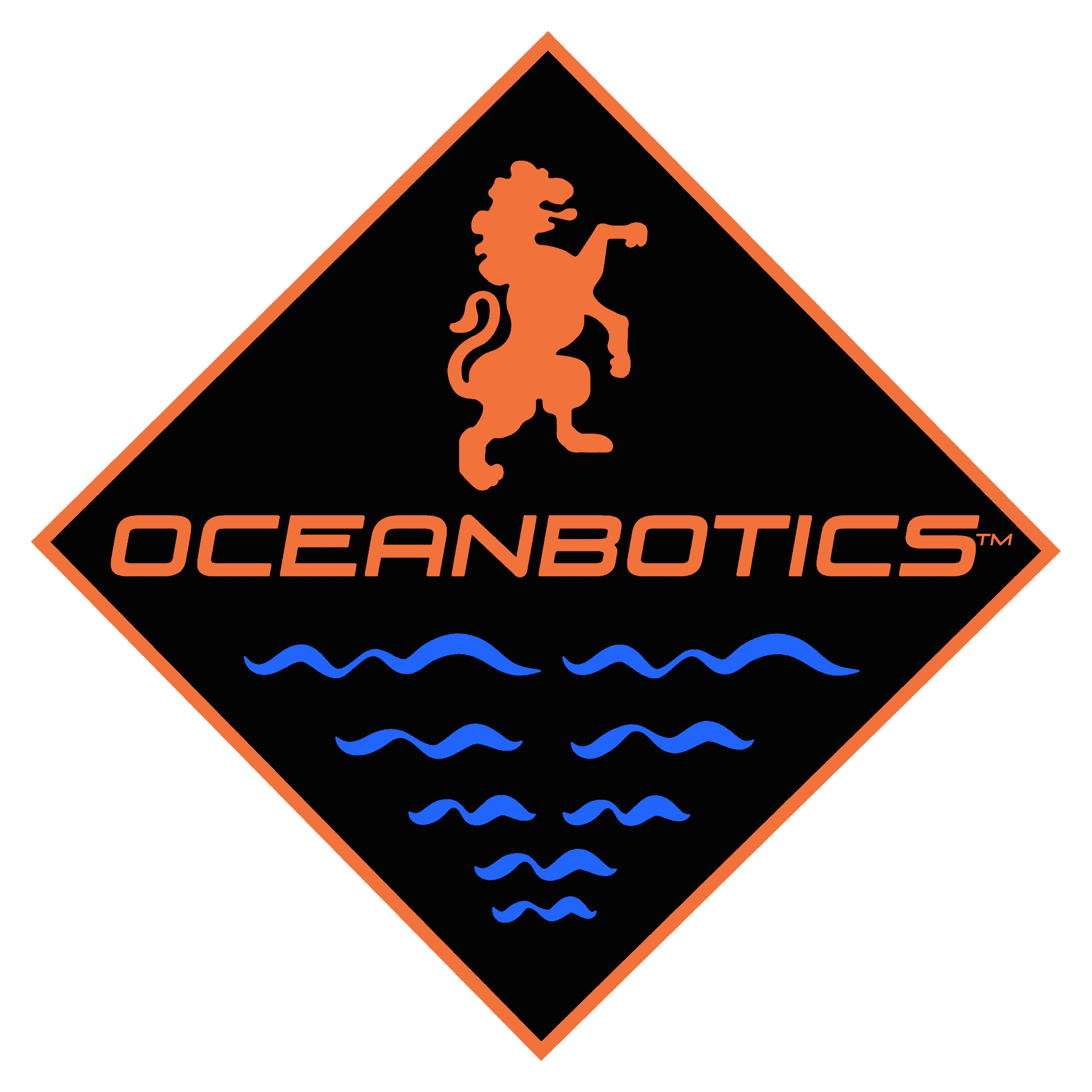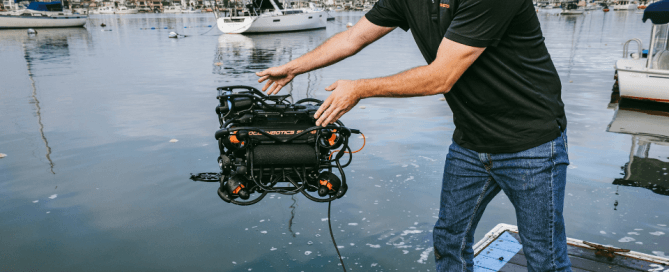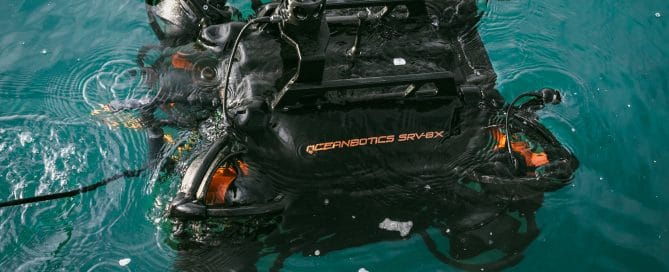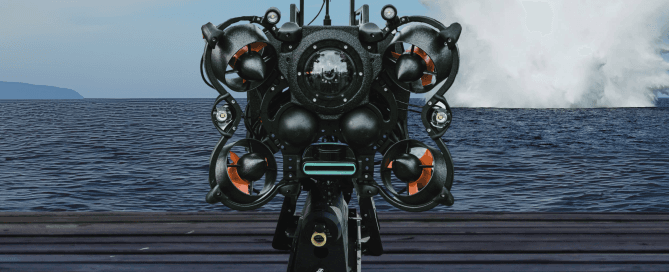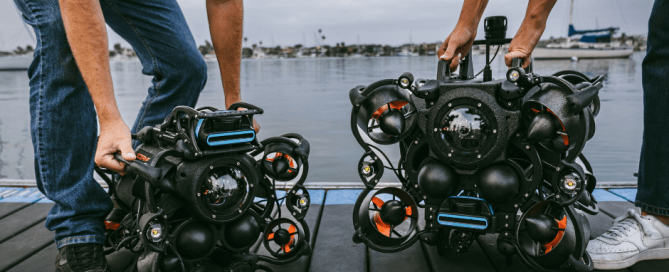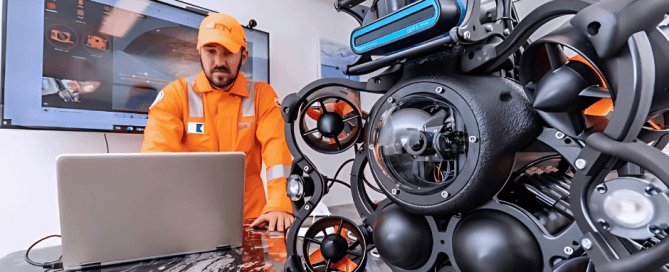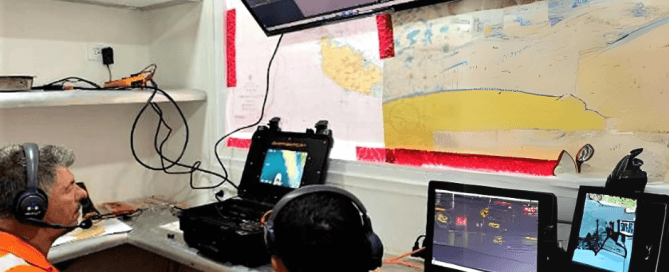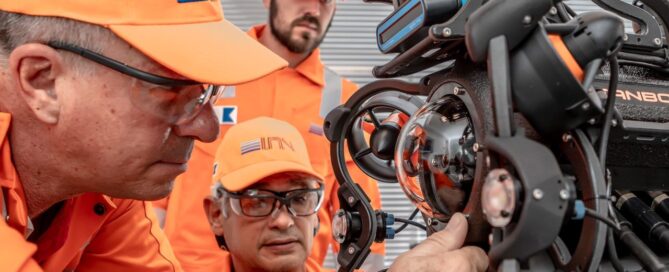Ask an ROV Pilot: Inside Pipe Profiling with Max Jackson
Ask an ROV Pilot: Inside Pipe Profiling with Max Jackson We sat down with ROV pilot Max Jackson of Underwater Engineering Services Inc. (UESI) to get an inside look at his work inspecting culverts and pipelines across Southeast Florida. This past summer, Max was featured on Smithsonian Channel’s hit series How Did They Fix That?, giving viewers a glimpse into a day in the life of an ROV pilot managing critical infrastructure in hurricane-prone areas. In our conversation, he shares how his work helps protect the state’s canals from storms like Hurricane Milton and what it takes to keep Florida’s waterways safe. Read the full interview below. Walk me through a day as an ROV pilot performing underwater inspections. Max: "We pack up the SRV-8 ROV—it comes in four boxes, which really isn’t much for the amount of equipment. Loading the truck takes about 20 minutes, [...]
